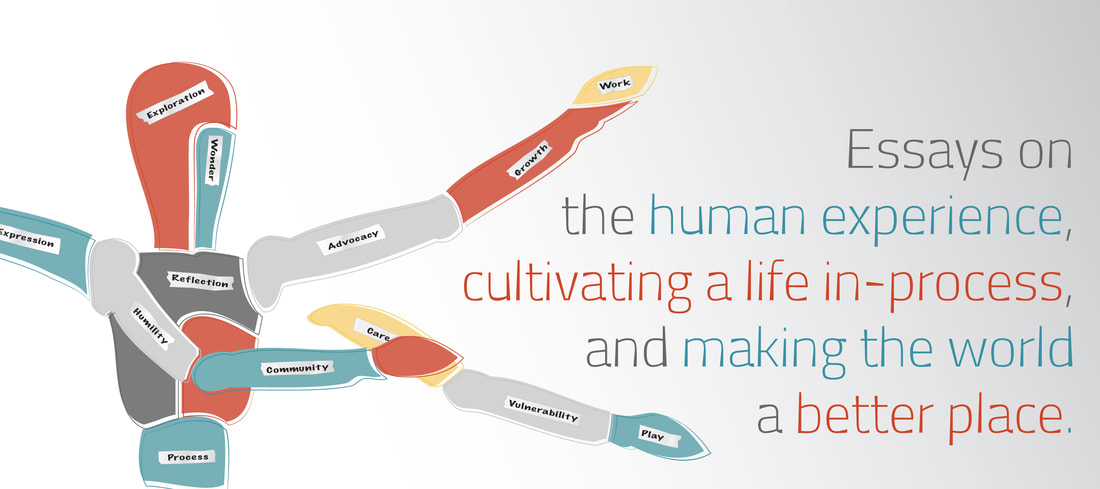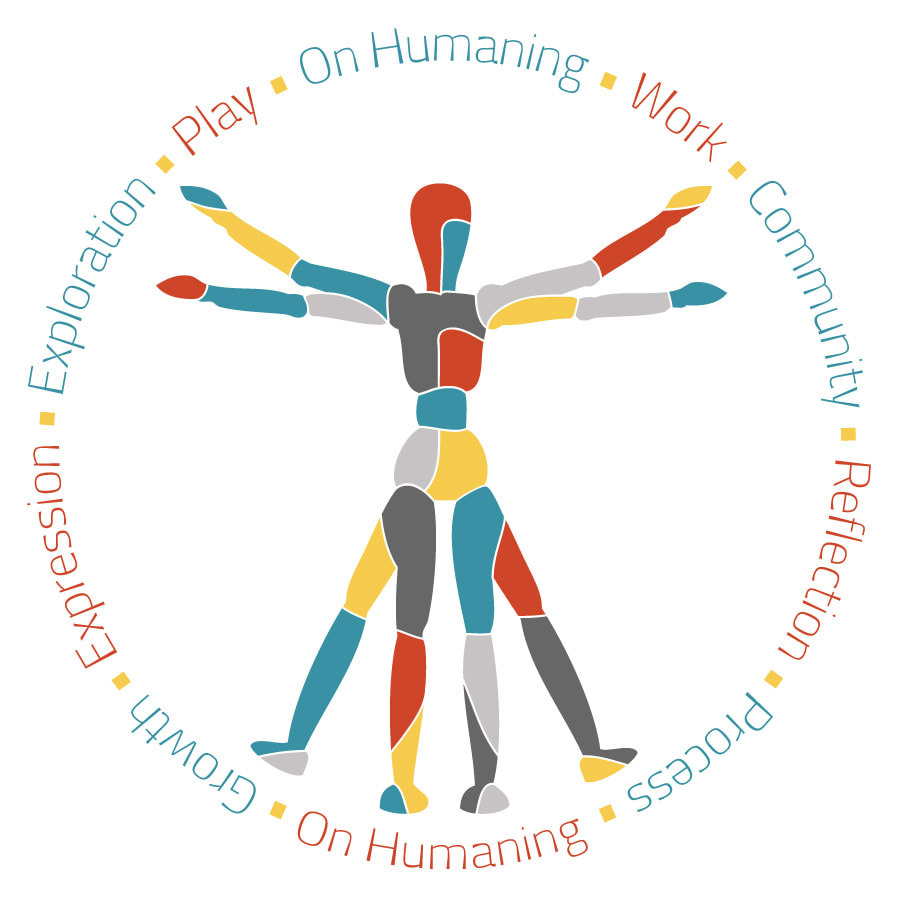|
I have always identified as a creative person. As a child, I made up worlds for my stuffed animals to live in and explore. I wrote stories about imaginary people and creatures in distant lands. I made costumes and props and put on silly plays and puppet shows. As a teenager, I put together collages and sewed interesting garments. In my 20’s, I found martial arts and dance. I also embrace creativity in my work life. This may seem like a challenge, since accounting is an industry better known for utter dullness and steadfast adherence to rigid, long-established guidelines. Much of accounting work is, in fact, dull. And I have known a lot of accountants who are truly uninteresting people. Nevertheless, I have found ways to explore creativity, even in this unlikeliest of places. I'm sure my natural affinity for office supplies coupled with my love of organizing things brought me to accounting in the first place. I stuck around because I found the least boring parts of accounting and settled in to a career investigating financial crime. This is a part of accounting most people recognize as the only sexy part of accounting. Tax planning is not as sexy, although I still enjoy it. Most people think taxes are face-meltingly boring or nightmarishly complex. And they're not wrong. Some tax accountants embrace the boring, plugging in numbers provided by their clients like robots. But because the tax laws are so complex and ever-changing, there is vast opportunity for creativity. It’s fascinating to me to consider the myriad of options my clients can explore in their lives and businesses and to consider how those options affect their tax situation. Tax and accounting rules dictate how to categorize financial transactions. These rules (and the institutions who publish them) have been around a long time, so the established guidance covers most situations. However, life and business does not always unfold in a clearly defined way. It does not always occur as it has before, so it does not always fit neatly into previously defined boxes. The pandemic is a perfect example. Suddenly, businesses had to completely shut down and people had to stay at home for an indeterminate amount of time. There were no prior example for how to handle that specific reality, so governments, businesses, and other institutions made decisions based on whatever constantly evolving information was available. Just as with taxes, the pandemic has come with many restrictions. But restrictions do not have to stifle creativity. In fact, parameters and limits can allow creativity to flourish. Covid meant I could no longer have martial arts students within 6 feet of each other, so I had to imagine new ways to teach the curriculum. I had students throw ever-lasting “snow balls” at each other to provide moving targets for kicks and punches. We used broom handles to press on each other’s body from a distance to simulate lines of attack. And we stood 10 feet apart reacting to kicks and punches our partner threw into the air without moving our feet. All these restrictions afforded us an opportunity to explore ways of moving we might not have tried if we could train in our usual way. The same can be said for talking to people who have a drastically different world-view than I do. If I cannot take certain base assumptions for granted in a conversation, then I have to define my terms and ask more clarifying questions. If I am talking to someone with a different life experience than I have, I may need to use different analogies to explain my point. I will probably have to listen more fully and with an open mind so I can make new connections between facts or explore concepts I have not previously considered. One of my favorite stories about me as a child is the first time I saw someone floating on an innertube at the lake. I turned to my parents and said “Look! It’s a Cheerio boat!” I took two unconnected things from my tiny person experience and put them together to explain what was presently in front of me. To this day, finding connections between seemingly dispirit ideas or concepts is something I really enjoy. Although my own creativity has been a source of joy in my life, creativity can also show up in the world in some dark ways. There are many examples of employers creatively skirting the rules designed to keep employees safe from workplace hazards. Many examples of managers creatively arranging the schedule so an employee works too many days in a row without receiving overtime pay. And many creative narratives employers craft to convince employees they should accept these injustices and be grateful for a job. There are also countless examples of people with wealth and power creatively protecting their own economic interests by criminalizing poor people and humans of color. And countless examples of politicians creatively depriving constituents of their opportunity to vote. These things have happened throughout history and continue to happen today. This week, as forest fires swept across most of my state, I learned inmates fighting fires earn between $6 and $9.80 a day. Half of their earnings are sequestered into an account for when they are released and the other half go into their spending account. It is touted as a program that helps inmates build savings and valuable job skills they can use after release. Which is creative marketing, since fire-fighting is only a seasonal job and it's a challenge for formerly incarcerated people to get good-paying jobs in our society. It is also a creative way for the state to avoid paying as much for the service of fire-fighting, and to ensure that none of the value of their labor is translated to economic benefit for the people providing the labor. Half of that very low daily wage is highly unlikely to provide a formerly incarcerated person with any semblance of financial opportunity to start a new life outside the criminal justice system. Humans are so creative. Our capacity for storytelling and for connecting complex concepts is immense. I would like to see more people channel that creativity into understanding their fellow humans. I would like to see more people direct their creativity into reimagining our societal systems. Creativity is powerful. I would like us all to be using that power for good. Information and Inspiration
2 Comments
Frances Dale
9/17/2020 05:22:46 am
Well done, Jaydra
Reply
Anne Stabile
9/20/2020 02:01:59 pm
I appreciate the ideas of creativity being a blending of disparate ideas and also that limitations can allow creativity to flourish. The piece from Psyche by Julianne Chung was also enlightening with regard to "abandoning originality." Even as I continue to write my current creative story, I realize it has to have familiar parts that readers can relate to despite the fact that I am creating a new world. Using creative power for good is something always to strive for.
Reply
Your comment will be posted after it is approved.
Leave a Reply. |
AuthorJaydra is a human in-process, working to make the world a better place. Sharing thoughts, feelings, and observations about the human experience. Archives
March 2024
Categories |

 RSS Feed
RSS Feed
